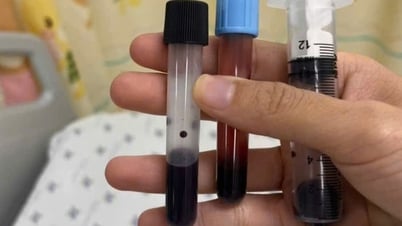Calcium makes up nearly 2% of an adult male's body weight, or nearly half of the body's mineral content. Most of the calcium is concentrated in the bones and teeth, where it combines with phosphorus. It is this calcium phosphate that provides the body with a strong skeleton. However, although the skeleton is hard and strong, it is not a stable structure. Calcium is taken into the skeleton and then returned to the body. For example, in an adult, about 1/5 of the calcium in the bones is returned to other parts of the body within a year. This is why the need for calcium in food is not limited to growing children but also to adults. However, in the teeth, calcium phosphate is not easily removed and is not released to other parts of the body.
Calcium is also present in small amounts in the blood, other fluids, and other cells of the body. Calcium is needed to help blood clot, to absorb B vitamins, and to transmit nerve impulses throughout the body. Calcium is responsible for helping to regulate cell permeability so that nutrients and other substances can pass into and out of cells, for cells to release substances they no longer need, and for cells to trap other substances.
Calcium helps in the contraction and relaxation of muscles. This is important for people to be able to move and perform tasks inside and outside the body, helping the heart beat and the lungs function normally.
The amount of calcium absorbed into the body through the digestive tract is very different and depends on a number of factors. Infants usually absorb 50 - 70% of the calcium contained in breast milk, while adults with a mixed diet absorb less calcium. The amount of calcium absorbed varies from person to person and depends on different conditions. Calcium absorption is related to the presence of phosphorus, vitamin D, lactose, hydrochloric acid in the digestive juices of the stomach, vitamin C and some amino acids in the small intestine. Vitamin D is not only necessary for the absorption of calcium into the blood but also for the use of calcium in the body. Oxalic acid found in a few vegetables and phytic acid found in wheat bran form insoluble compounds with calcium and thus reduce calcium absorption when they are eaten together.
Source: https://nhandan.vn/vai-tro-cua-canxi-trong-co-the-post836288.html





















![[Video] Modern Journalists Use AI Properly: Lessons from an American News Agency](https://vphoto.vietnam.vn/thumb/402x226/vietnam/resource/IMAGE/2025/6/19/13d3520a1db54053952ee79023861c27)












































































Comment (0)